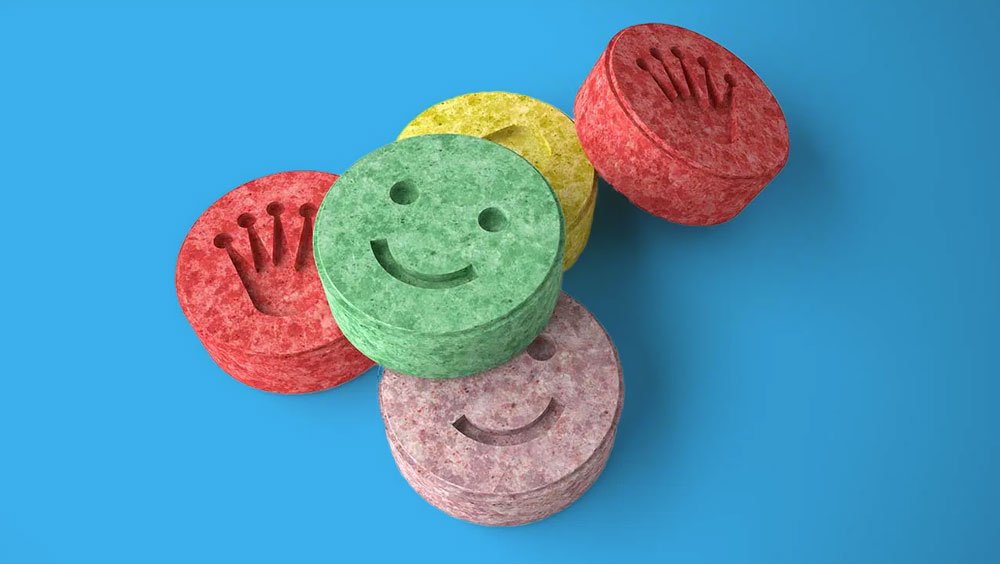Molly has become a buzzword in nightlife, music festivals, and counterculture. But what exactly is Molly? Often associated with good vibes and euphoric highs, Molly is a popular party drug, but it comes with risks, misconceptions, and plenty of questions. In this article, we’ll explore what Molly really is, whether it’s addictive, how people consume it—including whether or not you can smoke Molly—and clarify the difference between Molly and Ecstasy. Let’s dive into the truth behind “just who is she?”
What Is Molly?
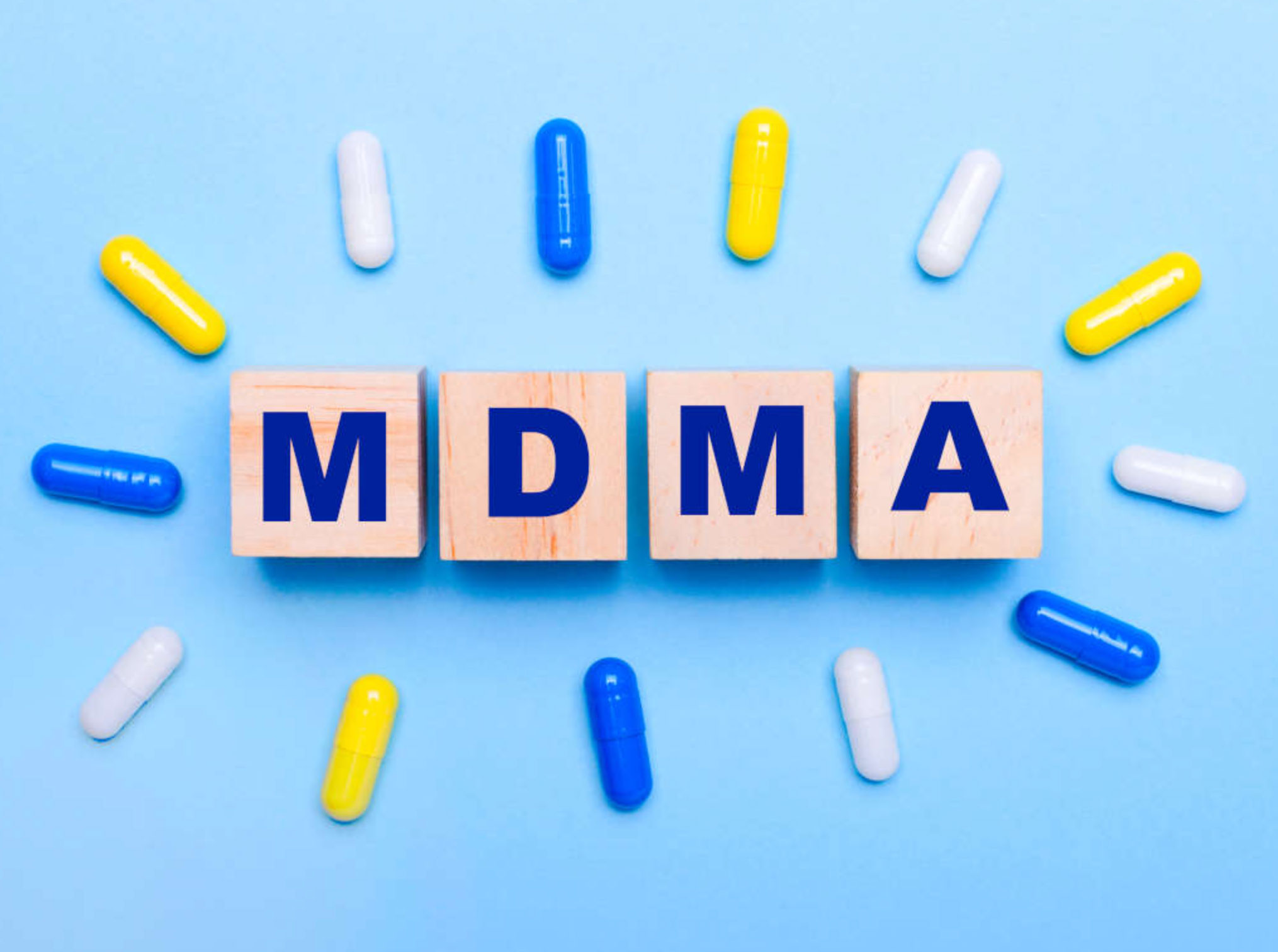
Molly is the street name for MDMA, or 3,4-methylenedioxymethamphetamine, a synthetic psychoactive drug primarily used for recreational purposes. Known for its euphoric and empathogenic effects, Molly became particularly popular in rave and music festival culture. Unlike many assume, Molly is valued more for the feelings of emotional connection and pleasure than for the hallucinatory effects found in other party drugs.
Is Molly Addictive?
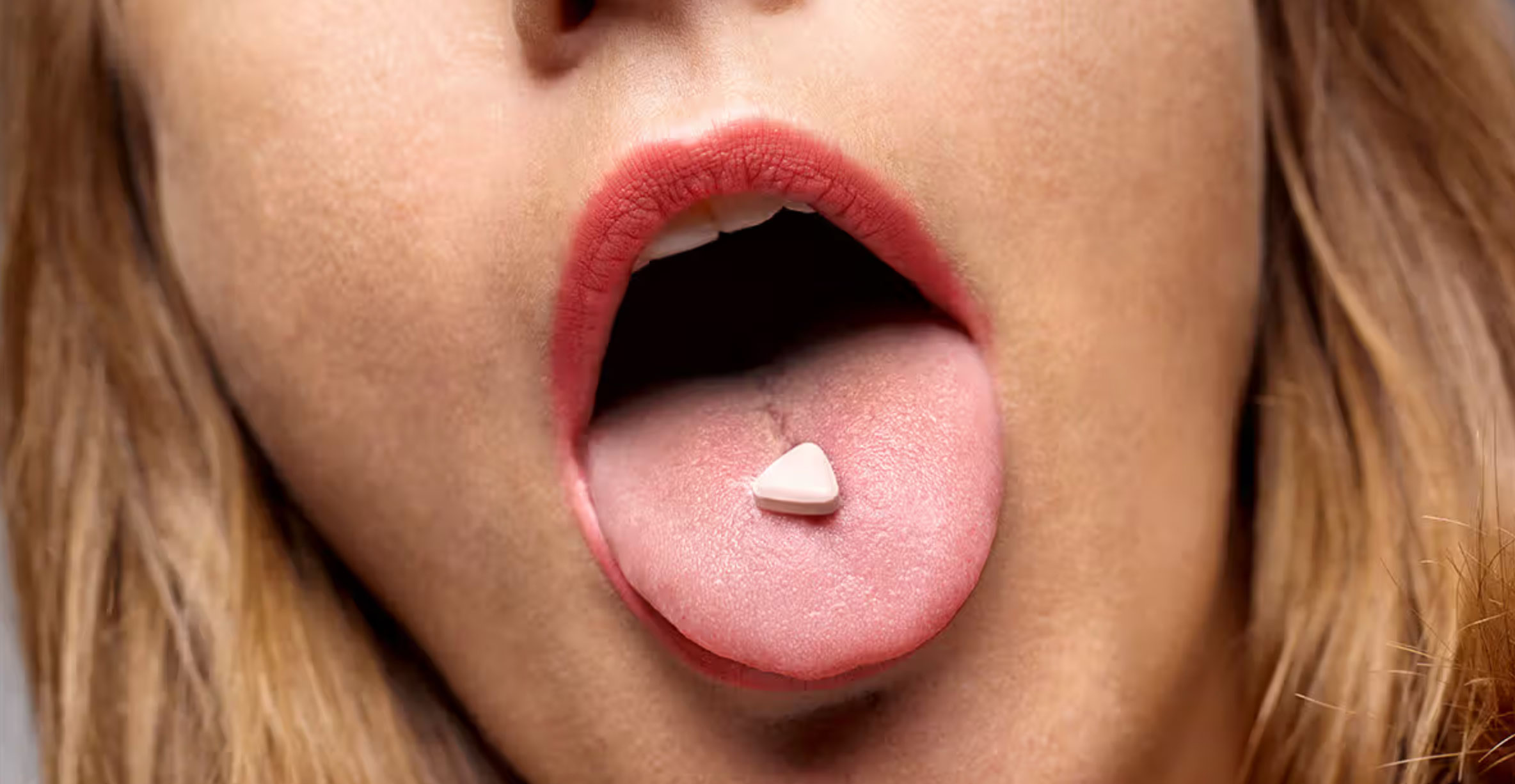
A common question among users and parents alike is: 'Is Molly addictive?' The answer depends on how you define addiction. While MDMA may not cause physical addiction like opioids, many users develop a psychological dependence. Tolerance can build quickly, leading to repeated use and risky behavior. Some individuals report cravings and an inability to feel joy without the drug—a clear indicator of psychological addiction.
How Molly Affects the Brain

MDMA works by increasing the activity of three neurotransmitters: serotonin, dopamine, and norepinephrine. This flood of chemicals creates the intense feelings of emotional closeness, happiness, and energy. However, heavy or frequent use can deplete serotonin levels, leading to depression and cognitive issues. The brain’s reward system can also get rewired, making it harder to experience pleasure naturally.
Can You Smoke Molly?

The question 'can you smoke Molly?' pops up frequently online. While some users claim to smoke MDMA, it is generally not effective or recommended. Smoking Molly can degrade its chemical structure, making it less potent or even harmful. Most common routes of administration are ingesting capsules or tablets, snorting the powder, or dissolving it in a drink. Smoking Molly can increase the risk of toxicity and side effects.
The Party Drug Image
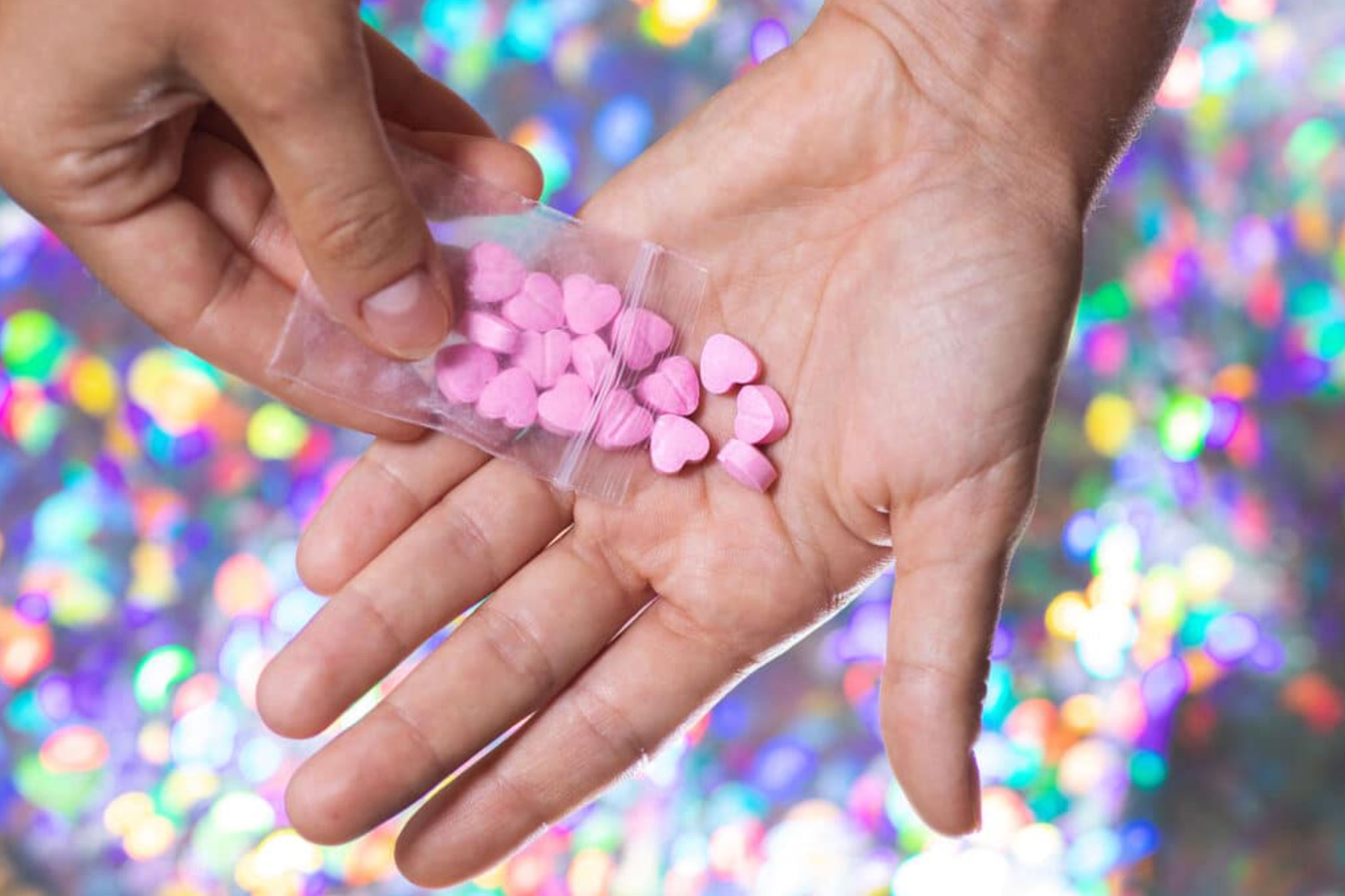
Molly has long been associated with electronic dance music (EDM) festivals and nightclub scenes. Social media has glamorized its use, portraying it as a must-have for a good time. This image contributes to its popularity among younger crowds, but it often hides the darker aspects such as dehydration, overheating, and dangerous interactions with other substances—including alcohol and various medications.
Short-Term and Long-Term Effects
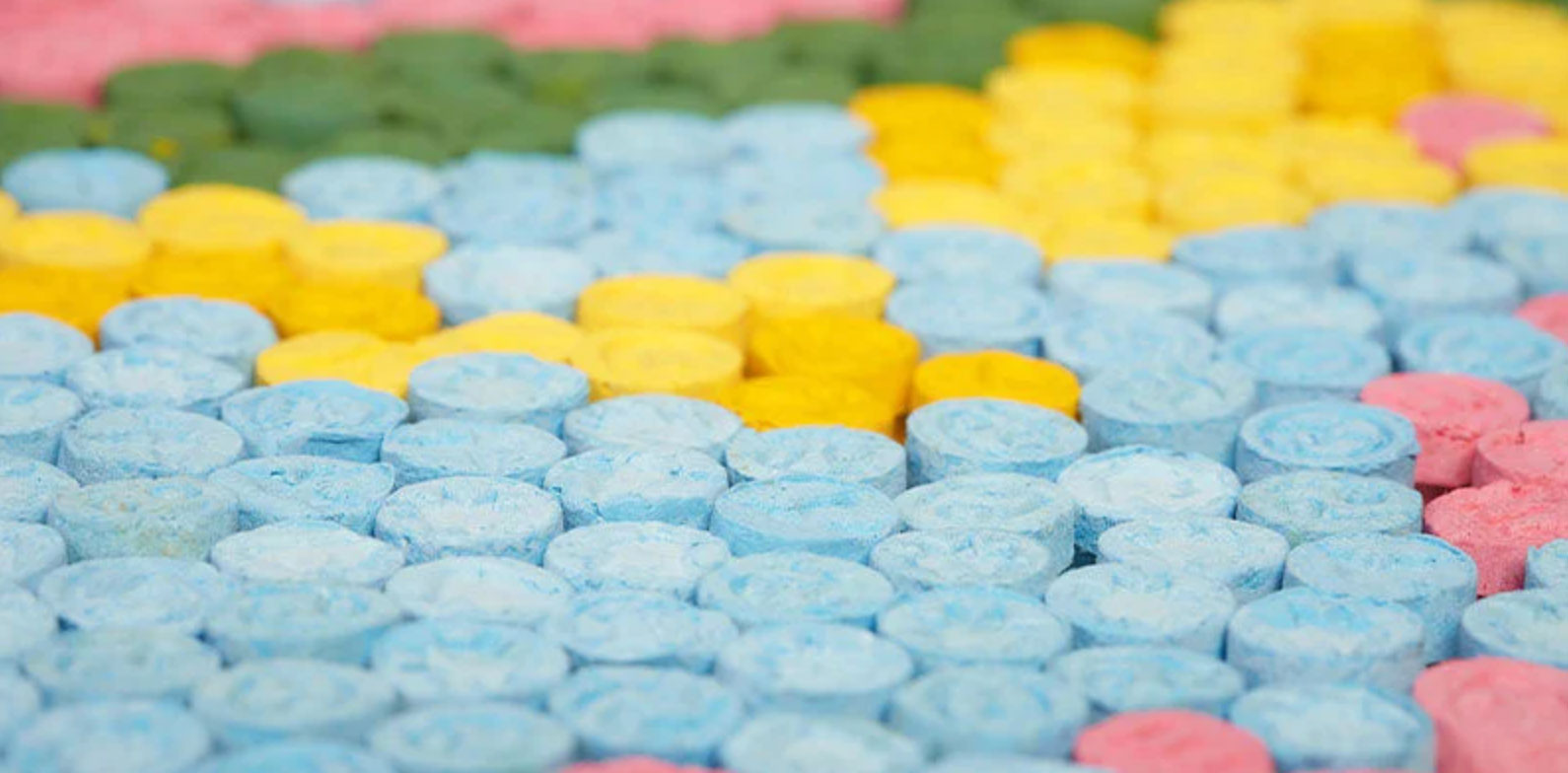
Short-term effects of Molly include increased heart rate, euphoria, emotional warmth, and sensory distortions. While these may feel pleasurable, they also come with risks such as anxiety, nausea, and intense comedowns. Long-term use, particularly when Molly is not pure MDMA, can lead to memory issues, depression, and emotional instability. Adulterants in street-sold Molly can exacerbate these risks.
What’s the Difference Between Molly and Ecstasy?
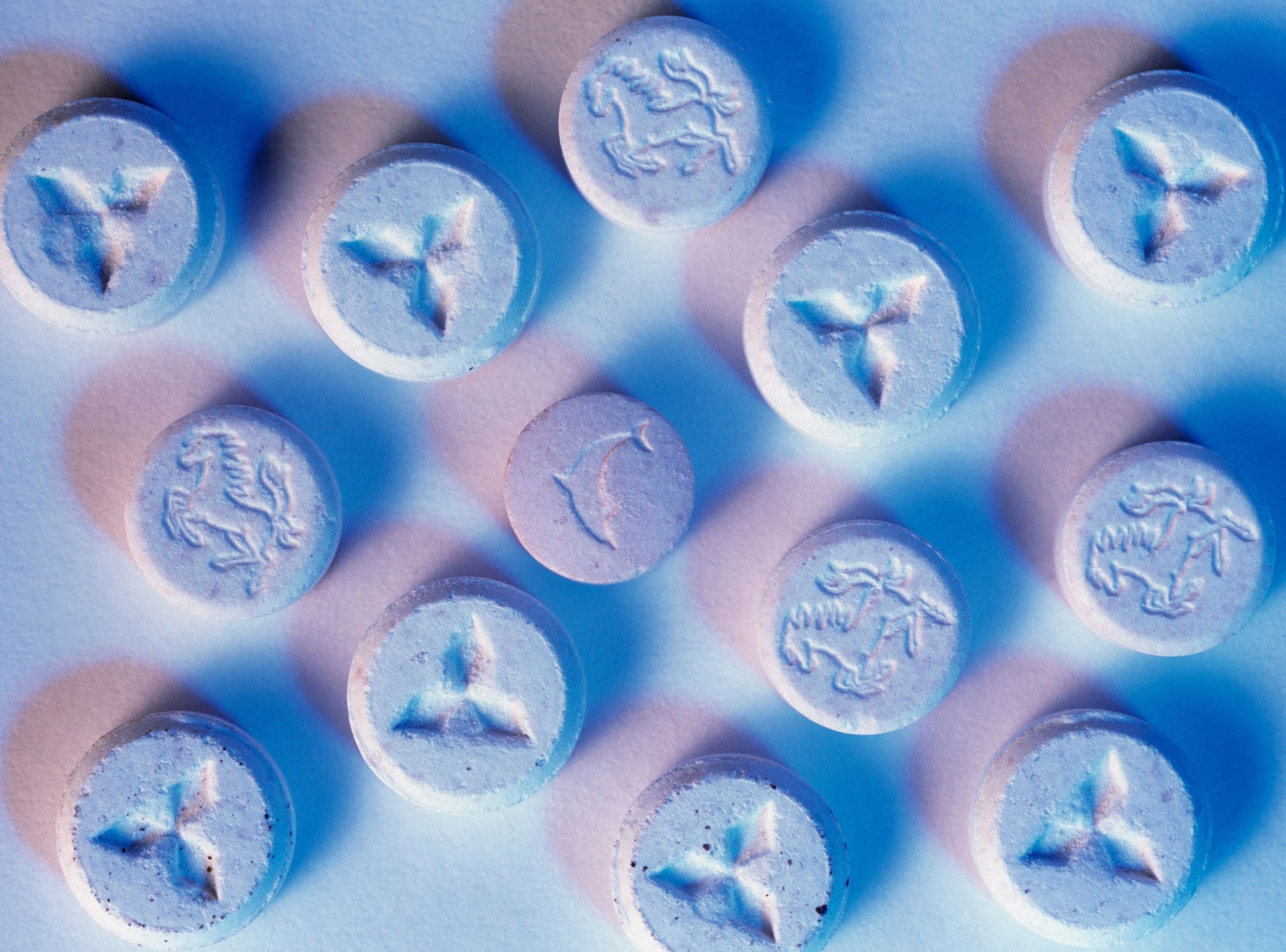
Many people ask about the difference between Molly and Ecstasy. The main difference lies in form and purity. Molly is typically marketed as pure MDMA in crystalline or powder form, while Ecstasy comes in pressed pills and may contain other substances like caffeine or ketamine. However, the line between the two is increasingly blurred, and both can be adulterated with harmful chemicals.
How Molly Is Tested and Sold
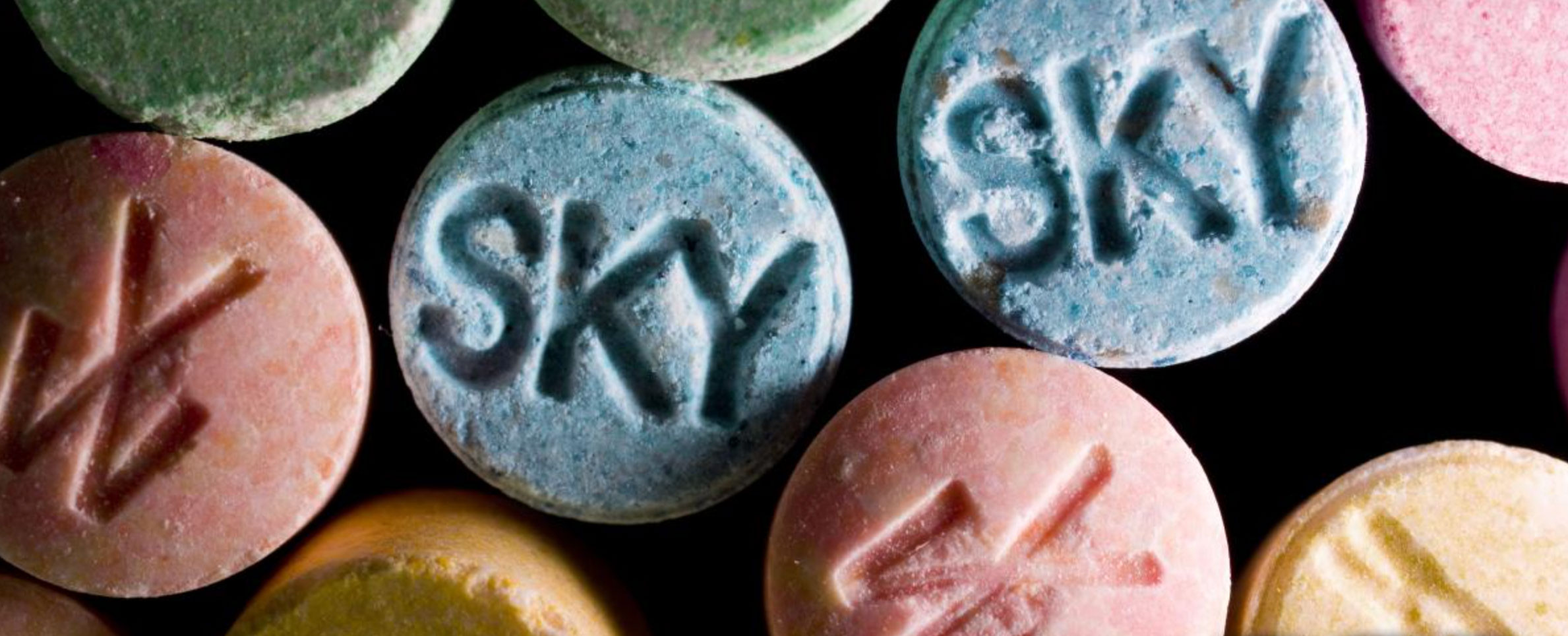
Molly is commonly sold in powdered form or encapsulated in gelatin capsules. Some festival-goers test their substances using reagent kits to check for purity. These test kits can help identify dangerous fillers and analogs. Unfortunately, since the drug is illegal in many areas, quality control is nearly impossible, and users risk ingesting toxic compounds accidentally.
Legal Status and Control
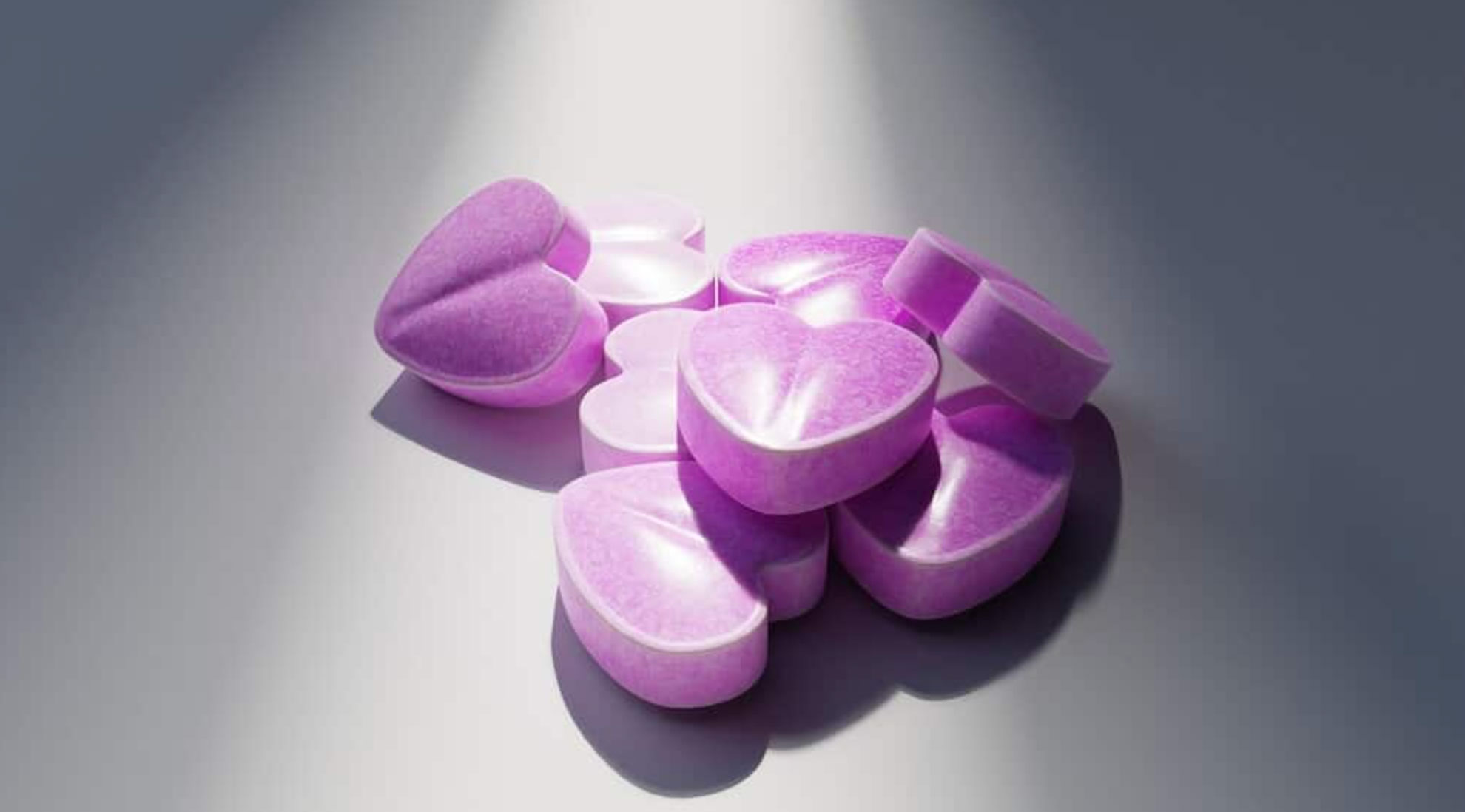
MDMA is a Schedule I controlled substance in the United States, meaning it has no recognized medicinal use and a high potential for abuse. However, recent studies suggest that in controlled settings, MDMA may have therapeutic potential—particularly for PTSD. Lawmakers and scientists alike are beginning to examine the substance more closely, but for now, recreational use remains illegal in most countries.
Molly, the seemingly carefree party drug, holds a complex identity beneath its sparkling surface. While it offers moments of joy and connection, the risks of addiction, mental health consequences, and legal repercussions are very real. Understanding common questions like 'is Molly addictive', 'can you smoke Molly', and the 'difference between Molly and Ecstasy' can help demystify the drug and promote safer, more informed choices. Education remains the best line of defense in a world where appearance often masks reality.

